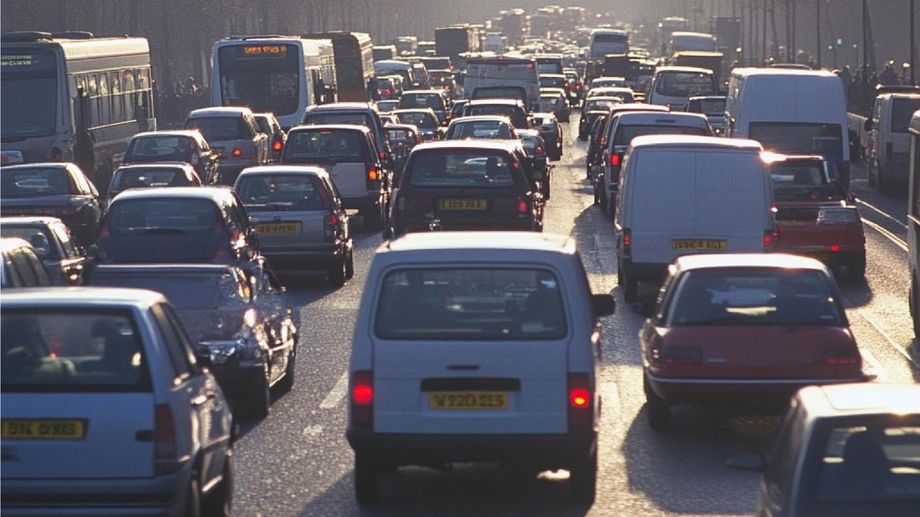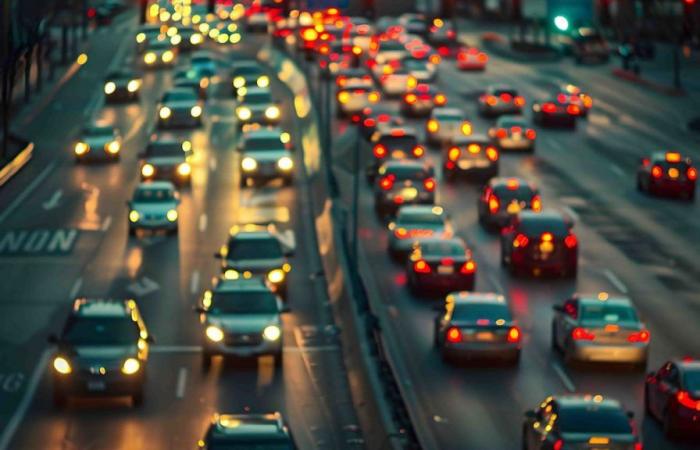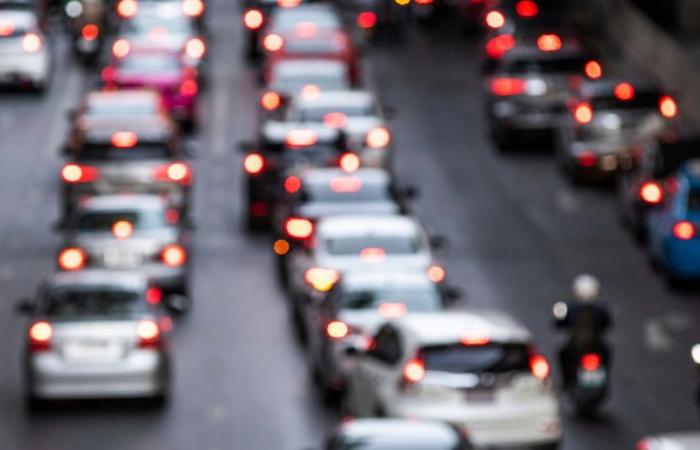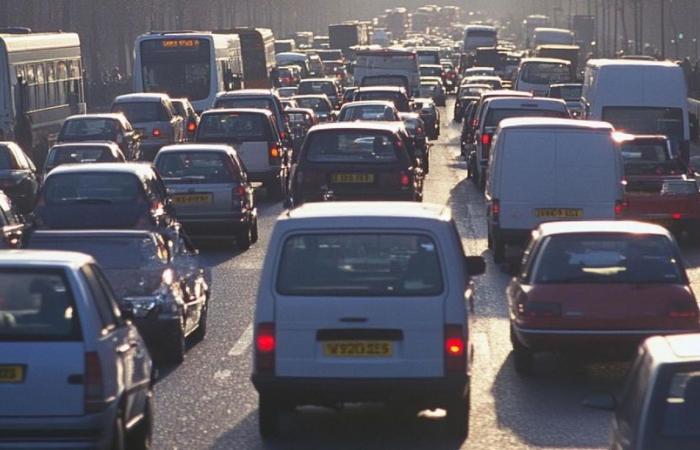The Institute VIAS has just revealed numbers at the very least worrying on the state of traffic in Belgium in 2024. Comparing travel times today with those of 2020 – just before the pandemic – the data shows a clear worsening of the traffic jamsparticularly around the capital. An astonishing development which raises the question of the impact of telework on travel.
Poor morning commutes
According to the GPS readings, the observation does not give rise to confusion: the journeys to Brussels from several large cities of Flanders and of Wallonia are now longer than before the pandemic, despite the generalization of teleworking for certain functions. For example, it now takes 76 minutes to go from Namur to Brussels in the morning, compared to 69.9 minutes in 2020. If we compare with last year, we note a augmentation by almost five minutes, since the journey time was then 71.3 minutes. Only the Tournai-Brussels axis is an exception, with a minimal improvement compared to 2020, but for all other routes, the trend is upwards. We imagine that all motorists will have noticed this.
Advertisement – continue reading below
The phenomenon is explained in particular by increasingly dense morning traffic jams. The situation even exceeds the levels observed in winter 2020. Habits therefore do not seem to have changed.
Even worse in the evening
Worse: evening returns are even more affected by this increase in traffic jams. Return journeys between Brussels and the large cities of Flanders or Wallonia show marked increases in travel times. On average it is necessary to count between 10 to 15 minutes more compared to 2020. This comes from the fact that in the evenings, workers are less flexible only in the morning when they can (with teleworking) shift their schedules. In the evening, this is less the case: you have to take the children back to school, go shopping, cook, etc.
That said, lifestyle habits are not the only ones responsible for the situation. Quite the contrary. VIAS indeed pinpoints the multiplication of construction sites road transport, particularly in and around Brussels. This contributes significantly to congestion. Another factor is the weather. In fact, the heavy precipitation have a direct impact on the behavior of drivers, which quite logically lengthens safety distances. But this necessarily also slows down traffic. Finally, Belgium continues to see its population increasewhich generates an additional flow of vehicles on the roads.

Teleworking: a lame solution?
The question of teleworking and its impact therefore arises. Because, clearly, the formula, although generalized, is not enough to relieve congestion on the roads. This is because many workers today combine working from home with commuting during the middle of the day. Which only modifies the pics de circulationbut without really reducing them. And, as said, if the congestion is more spread out in the morning, it is not so in the evening due to the needs of each person.
Obviously, the weeks ahead will not improve things. The return of autumn and rainy and darker driving conditions will not help. THE accident rate will increase. And traffic jams too. All this raises the question of the benefit of teleworking and alternative mobility solutions which therefore do not seem to be bearing fruit. Will motorists have to be more and more patient?
Looking for a car? Search, find and buy the best model on Gocar.be
What will your next vehicle be?








